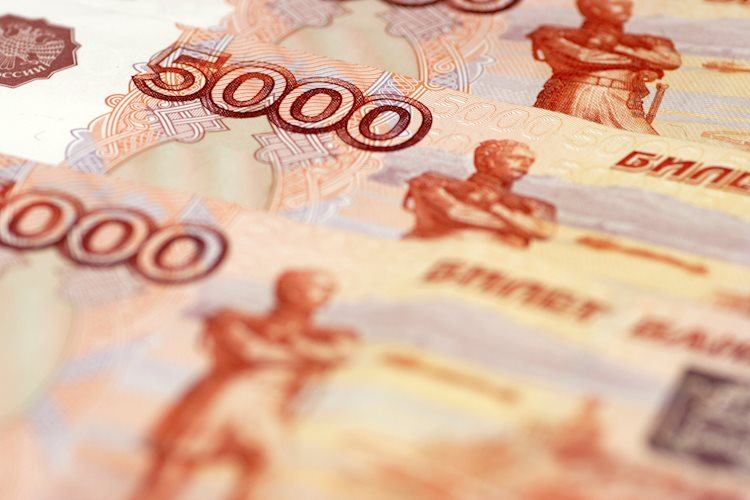Asia-Pacific is off to a shaky start in the new trading month.
The US dollar has risen as a result of the Fed’s official hawkish stance and risk aversion.
The growing momentum of Asia’s factories and industries is slackening due to rising costs and new COVID-19 restrictions.
The Asian stock market is trading lower on Thursday, bucking the trend on Wall Street. The US dollar is holding steady near a 12-week high, despite investors’ lowered risk appetite.
Outside of Japan, MSCI’s broadest index of Asia-Pacific stocks dipped 0.2 percent.
The Nikkei 225 index in Japan fell 0.3 percent, while the Topix index fell 0.24 percent.
The markets in Hong Kong were closed for the vacation.
Higher raw material costs and a lack of semiconductor chips affected Asia’s largest export economies, notably Japan, whose manufacturing activity grew at its weakest pace in four months in June.
In June, Asia’s factory activity declined as some countries grappled with rising input costs and newer COVID-19 restrictions.
The Shanghai Composite Index dropped by 0.1 percent. In June, the Caixin/Markit Manufacturing Purchasing Managers Index (PMI) decreased to 51.3 from 52.0 the previous month.
Due to the rapid spread of the Delta variant, Australia’s ASX 200 fell 0.46 percent as the country implemented new COVID-19 lockdowns in its major cities.
Slower vaccination rates in the Asia-Pacific area, as well as the extension of limitations to combat the resurgence of corona infections, hurt Asian stock indices in comparison to their peers.
In the Asian session, the US Dollar is trading at 92.40, as investors remain cautious of risky assets and flock to safe haven assets./n





